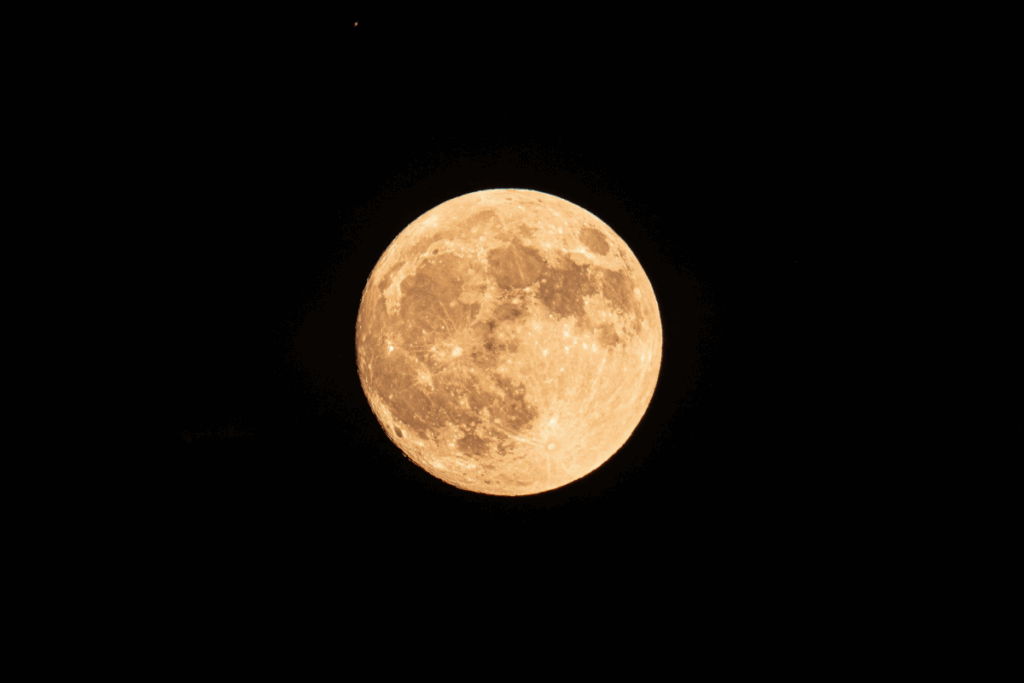Harvest Moon Returns
Skywatchers are set for a celestial treat on Monday night when October’s harvest moon rises as the first supermoon of the year. The moon will reach peak fullness around 11:48 p.m. ET, but it will appear nearly full from Monday evening through early Tuesday. Even if clouds obscure the view on the first night, the moon will remain luminous enough the following evening to still dazzle observers.
The harvest moon is named for its timing. It is the full moon closest to the autumnal equinox, which marks the start of fall. Historically, farmers relied on the bright glow of this moon to work into the evening hours and finish gathering crops before the onset of winter. The event carries with it a blend of cultural significance and natural spectacle, making it one of the most anticipated full moons of the year.
What Makes It a Supermoon
This harvest moon also qualifies as a supermoon. A supermoon occurs when the moon reaches perigee, its closest point to Earth in orbit. At this position, the moon appears slightly larger and brighter than usual, though the difference is subtle to the casual eye.
Astronomers note that the effect is most noticeable when the moon is near the horizon, where the optical illusion of size is enhanced. Observers may notice the moon glowing with unusual intensity, bathing the landscape in pale silver light. This is the first of three consecutive supermoons, setting the stage for more striking lunar displays in the weeks ahead.
A Link to Future Exploration
The timing of this harvest moon carries added resonance. Just weeks ago, NASA introduced its newest class of astronaut candidates, some of whom may one day travel to the moon or even Mars. The agency is preparing for the Artemis II mission early next year, when four astronauts will circle the moon in the first crewed lunar voyage in over half a century.
This lunar return underscores humanity’s renewed focus on space exploration. For many, watching October’s supermoon will feel symbolic, connecting the familiar beauty of Earth’s closest celestial neighbor with upcoming missions that aim to put humans back on its surface.
Other Celestial Events Ahead
October’s harvest supermoon kicks off a busy season of stargazing opportunities. The Farmers’ Almanac highlights two more supermoons scheduled for later this year: the Beaver moon on November 5 and the Cold moon on December 4.
In addition to these lunar events, several meteor showers are set to light up the sky in the months ahead. The Draconids will peak on October 8–9, followed by the Orionids on October 20–21. November will bring both the Southern Taurids on the 4–5 and the Northern Taurids on the 11–12. The Leonids, known for their fast-moving streaks, will peak November 16–17. December concludes the year with the Geminids on the 13–14, considered one of the most reliable meteor showers, and the Ursids on December 21–22.
These overlapping events make the fall and winter months an especially rewarding period for night-sky enthusiasts. Whether through binoculars, telescopes, or the naked eye, the heavens will provide a continuous show of light and motion.
As the harvest moon rises this week, it serves as both a natural wonder and a reminder of the human spirit’s enduring fascination with the cosmos.


